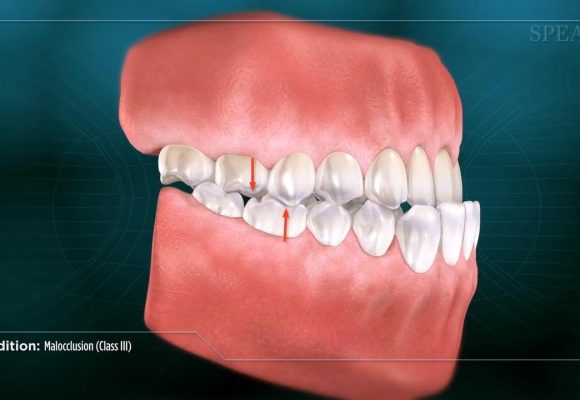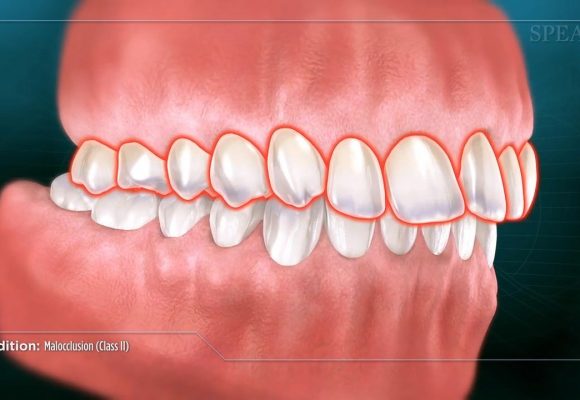Temporomandibular Joint Disorder, or TMD for short, is a condition involving the joints, muscles, nerves and teeth involved with jaw movement. It could be related to one or all components. When not working harmoniously or in sync, or the chewing system is not improperly aligned, a variety signs or uncomfortable and potentially painful symptoms may result for clients.
The temporomandibular joint is the complex hinge that joins your lower jaw and skull together. It works similarly to a ball and socket, but also has the unique ability to glide forward via a series of muscles, ligaments, and fibrous tissues all working together. Many factors can contribute to the development of TMD, including misalignment of the jaw and the way teeth touch, tooth clenching or grinding, arthritis, and posture issues. Anxiety and stress have also been shown to be related to TMD issues.
These factors may lead to inflammation of the joint and/or surrounding tissues, oftentimes triggering the connected pain receptors throughout the head, neck and face. Common symptoms include jaw pain or soreness extending through the face and neck, jaw clicking or popping, restricted jaw movement or locking, sensitive teeth, loose teeth, irregular or excessive tooth wear, earaches, and headaches, amongst others.
The wide range of possible resulting symptoms is what has historically made correctly diagnosing TMD challenging. If your doctor suspects TMD might be an issue, they will perform a thorough physical examination of the area and overall chewing system evaluating your jaw movement and noting any related tenderness or discomfort. Oftentimes they will also take diagnostic images to aid the fact-finding process.
There are a variety of treatments available to assist with properly diagnosing and alleviating some or all TMD discomfort, depending on the nature and severity of the issues causing it. It is important to work closely with your doctor to create a treatment plan that best meets your unique needs.
Copyright © 2018 Spear Education. All rights reserved.
Related Articles

Anterior Open Bite
An anterior open bite is a condition where a patient’s top and bottom front teeth…
Read more
Malocclusion (Class III)
Occlusion is a term dentists use to describe how teeth come together. When a patient…
Read more
Malocclusion (Class II)
Occlusion is a term dentists use to describe how teeth come together. When a client…
Read more